In today’s fast-paced business world, nailing efficient contract management is key for organizations to really shine. Thanks to salesforce contract lifecycle management (CLM), businesses now have this awesome tool to jazz up their contract processes. I’m here to walk you through Salesforce CLM and why it’s a game-changer for smooth contract management. Let’s get started!
Mục lục
- 1. Overview of the Salesforce Contract Lifecycle Management
- 2. Benefits of Salesforce Contract Lifecycle Management
- 3. Key Features of Salesforce Contract Lifecycle Management
- 4. Bài viết liên quan:
- 5. Implementing Salesforce Contract Lifecycle Management
- 6. Best Practices for Salesforce Contract Lifecycle Management
- 7. Conclusion
Overview of the Salesforce Contract Lifecycle Management
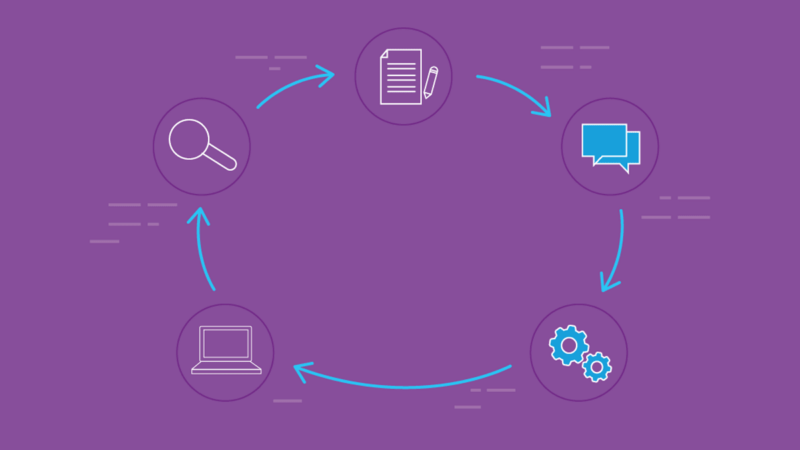
What is Salesforce Contract Lifecycle Management (CLM)?
Salesforce Contract Lifecycle Management (CLM) is a comprehensive platform that enables businesses to effectively manage every stage of their contract lifecycle. From creation and negotiation to approval and storage, Salesforce CLM simplifies and automates the entire contract management process. By centralizing all contract-related activities in one place, businesses can improve efficiency, reduce risks, and enhance collaboration.
Importance of Efficient Contract Management for Businesses
Effective contract management is the backbone of successful businesses. Contracts govern crucial relationships with customers, partners, and suppliers, ensuring legal compliance and protecting the interests of all parties involved. However, managing contracts manually can be time-consuming, error-prone, and inefficient. This is where Salesforce CLM comes into play, revolutionizing contract management by leveraging automation, analytics, and collaboration tools.
Benefits of Salesforce Contract Lifecycle Management
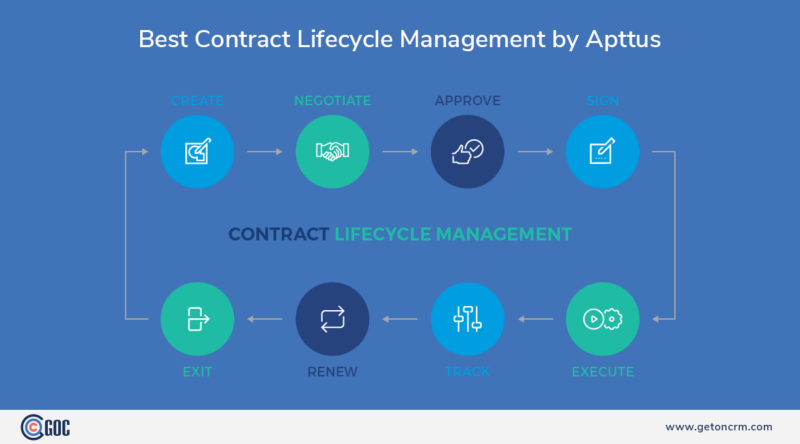
Streamlined Contract Creation and Negotiation Process
With Salesforce Contract Lifecycle Management (CLM), businesses can streamline and expedite the contract creation and negotiation process. CLM provides a centralized platform for collaboration, enabling stakeholders to work together seamlessly. Real-time updates, version control, and automated workflows eliminate the need for manual back-and-forth, reducing errors and ensuring swift contract finalization.
Enhanced Contract Visibility and Accessibility
Salesforce CLM offers enhanced contract visibility and accessibility, empowering businesses to easily track and locate contracts at any stage of the lifecycle. Through a centralized repository, authorized users can quickly access and retrieve contracts, eliminating the hassle of searching through physical or scattered digital files. This increased visibility enhances transparency and enables efficient contract management.
Improved Compliance and Risk Management
Compliance and risk management are critical aspects of contract management. Salesforce CLM enables businesses to enforce compliance by incorporating predefined templates, clauses, and approval workflows. This ensures that contracts adhere to legal and regulatory requirements. Additionally, CLM provides robust risk management tools, allowing organizations to identify and mitigate potential risks, protecting them from costly disputes and non-compliance penalties.
Cost and Time Savings through Automation
By automating manual and repetitive tasks, Salesforce CLM saves businesses valuable time and resources. Contract creation, approval processes, and notifications can be automated, reducing the administrative burden and allowing employees to focus on high-value tasks. Moreover, CLM’s automation capabilities minimize errors and accelerate contract cycles, leading to significant cost savings and faster time-to-revenue.
Increased Efficiency and Productivity
Salesforce CLM streamlines contract management workflows, enabling organizations to operate with increased efficiency and productivity. By providing a centralized platform for collaboration, stakeholders can work together seamlessly, eliminating bottlenecks and delays. CLM’s intuitive interface and user-friendly features simplify contract management, reducing the learning curve and empowering employees to become more productive.
In the next section, we will explore the key features of Salesforce Contract Lifecycle Management (CLM) that enable these benefits. Stay tuned to discover how CLM can revolutionize your contract management processes.
Key Features of Salesforce Contract Lifecycle Management
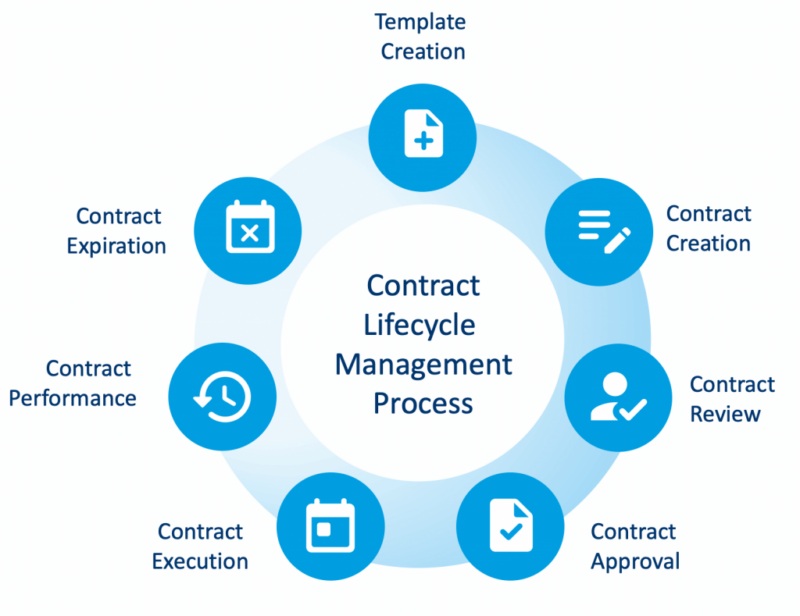
When it comes to contract management, Salesforce CLM offers a comprehensive suite of features that streamline and optimize the entire contract lifecycle. Let’s take a closer look at some of its key features:
Contract Creation and Drafting
Salesforce CLM simplifies the contract creation and drafting process by providing customizable templates and pre-approved clauses. With a few clicks, you can generate professional contracts tailored to your specific needs, saving time and ensuring consistency. The intuitive interface and drag-and-drop functionality make it easy to add and modify contract terms, ensuring accuracy and compliance.
Contract Negotiation and Collaboration
Collaboration is crucial during the contract negotiation phase, and Salesforce CLM facilitates seamless communication and collaboration between all stakeholders. Through a centralized platform, teams can collaborate in real-time, track changes, and manage multiple versions of contracts. With automated notifications and reminders, you can ensure timely responses and keep negotiations on track.
Contract Approval and Signing
Gone are the days of cumbersome paperwork and manual approvals. Salesforce CLM streamlines the approval process by providing automated workflows and electronic signatures. Approvals can be routed to the relevant parties, and status updates can be tracked in real-time. Electronic signatures ensure faster contract execution, reducing delays and improving overall efficiency.
Contract Storage and Organization
With Salesforce CLM, bid farewell to scattered contract files and endless searching. The platform offers secure cloud storage for all your contracts, making them easily accessible and eliminating the risk of misplaced or lost documents. Organize contracts by categories, tags, or custom metadata, allowing you to quickly locate any contract when needed. Say hello to a clutter-free digital contract repository!
Contract Analytics and Reporting
Data is power, and Salesforce CLM provides powerful analytics and reporting capabilities. Gain insights into contract performance, track key metrics, and identify bottlenecks or areas for improvement. Generate customized reports and dashboards to visualize contract data, enabling data-driven decision-making and strategic planning.
By harnessing these key features of Salesforce Contract Lifecycle Management, businesses can elevate their contract management processes to new heights. From streamlined creation to enhanced collaboration and comprehensive analytics, Salesforce CLM empowers organizations to take control of their contracts and drive success.
Bài viết liên quan:
Implementing Salesforce Contract Lifecycle Management
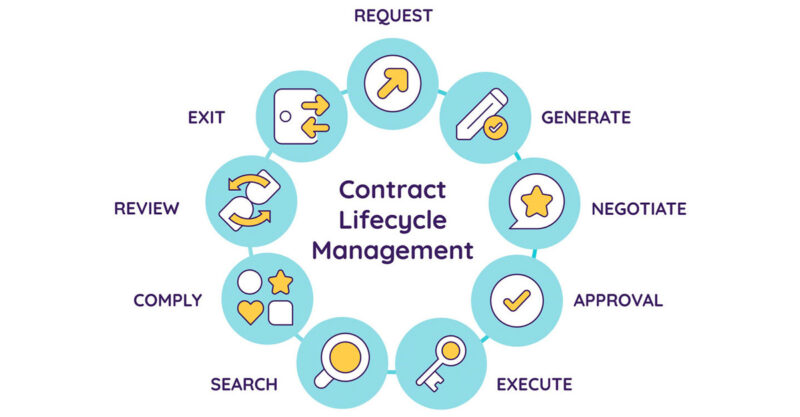
Implementing Salesforce Contract Lifecycle Management (CLM) requires careful planning and execution to ensure maximum effectiveness. Let’s explore the key steps involved in successfully implementing Salesforce CLM within your organization.
Assessing Organization’s Needs and Requirements
The first step in implementing Salesforce CLM is to assess your organization’s specific needs and requirements. This involves analyzing your current contract management processes, identifying pain points, and determining the desired outcomes you want to achieve with Salesforce CLM. By understanding your unique business needs, you can tailor the implementation process to align with your goals.
Choosing the Right Salesforce CLM Solution
Once you have assessed your needs, it’s time to choose the right Salesforce CLM solution that meets your requirements. Salesforce offers various CLM solutions, each with its own set of features and functionalities. Consider factors such as scalability, integration capabilities, ease of use, and cost when selecting the most suitable solution for your organization.
Customizing and Configuring the CLM System
After selecting the Salesforce CLM solution, the next step is to customize and configure the system to align with your organization’s specific processes and workflows. This involves setting up contract templates, defining approval workflows, configuring notifications, and adapting the CLM system to reflect your unique contract management requirements. Customizing the system ensures that it caters to your organization’s specific needs and enhances user experience.
Training and Onboarding of Users
To ensure a smooth transition to Salesforce CLM, it is essential to provide comprehensive training and onboarding for your users. This includes educating them on the functionalities of the CLM system, training them on how to create, edit, and manage contracts within the system, and familiarizing them with the new contract management processes. By investing in user training and onboarding, you can maximize user adoption and optimize the benefits of Salesforce CLM.
Integration with Other Salesforce Tools and Systems
To leverage the full power of Salesforce CLM, consider integrating it with other Salesforce tools and systems that your organization uses. Integration allows for seamless data flow between different platforms, ensuring a holistic view of your contracts and enhancing overall efficiency. Whether it’s integrating with Salesforce CRM, document management systems, or analytics tools, integrating Salesforce CLM can unlock additional value and streamline your contract management processes.
By following these implementation steps, you can successfully integrate Salesforce Contract Lifecycle Management into your organization, revolutionizing your contract management practices and optimizing efficiency. Let’s move forward and explore the best practices for effective Salesforce CLM utilization.
Best Practices for Salesforce Contract Lifecycle Management
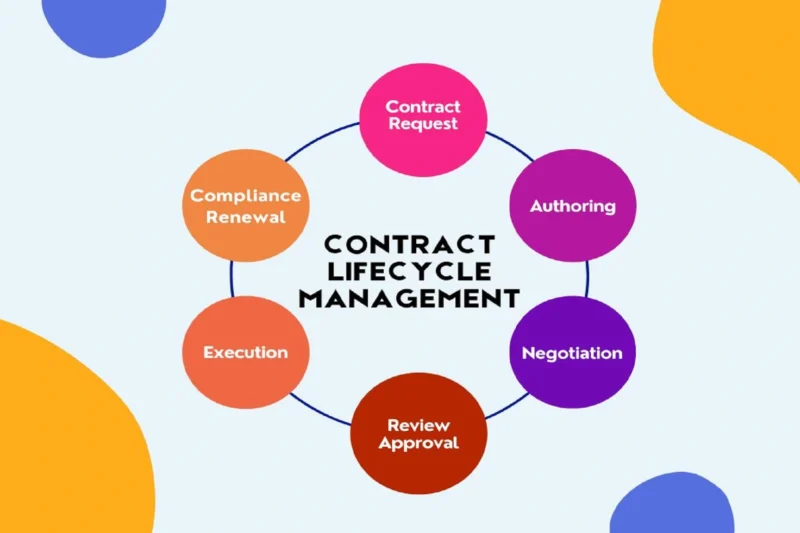
Efficient contract management goes beyond just implementing Salesforce CLM. To fully optimize the benefits of this powerful tool, businesses should adopt best practices that enhance their contract processes. Let’s explore some key practices that can revolutionize your Salesforce Contract Lifecycle Management.
Establishing Standardized Contract Templates and Clauses
Creating standardized contract templates and clauses not only saves time but also ensures consistency and accuracy in your contract language. By developing a library of pre-approved templates and clauses, you can streamline the contract creation process, reducing the risk of errors and disputes. Moreover, standardized templates enable easy comparison and analysis, improving contract negotiation outcomes.
Implementing Approval Workflows and Notifications
To expedite the contract approval process, it is essential to establish automated approval workflows and notifications. By defining clear approval paths and assigning roles and responsibilities, you can eliminate bottlenecks and ensure timely contract approvals. Additionally, notifications can keep stakeholders informed about the progress of contracts, reducing delays and improving collaboration.
Ensuring Proper Version Control and Document Management
Maintaining proper version control and document management is crucial in contract management. With Salesforce CLM, you can track and manage different versions of contracts, ensuring that all stakeholders have access to the latest and most accurate information. This eliminates confusion and reduces the risk of using outdated or incorrect contract versions.
Utilizing E-Signatures and Digital Contract Execution
Embracing e-signatures and digital contract execution can significantly expedite the contract signing process. With Salesforce CLM, you can seamlessly integrate electronic signature solutions, allowing parties to sign contracts digitally. This eliminates the need for printing, scanning, and shipping physical documents, saving time, reducing costs, and improving overall contract efficiency.
Regularly Monitoring and Auditing Contract Performance
Monitoring and auditing contract performance is essential to ensure compliance, identify risks, and drive continuous improvement. Salesforce CLM provides robust analytics and reporting capabilities that allow you to track contract milestones, obligations, and performance metrics. By regularly reviewing contract performance, you can identify areas for improvement and take corrective actions when needed.
By implementing these best practices, you can maximize the benefits of Salesforce Contract Lifecycle Management. Streamlining your contract processes, ensuring compliance, and improving collaboration will empower your organization to achieve contract management excellence.
Conclusion
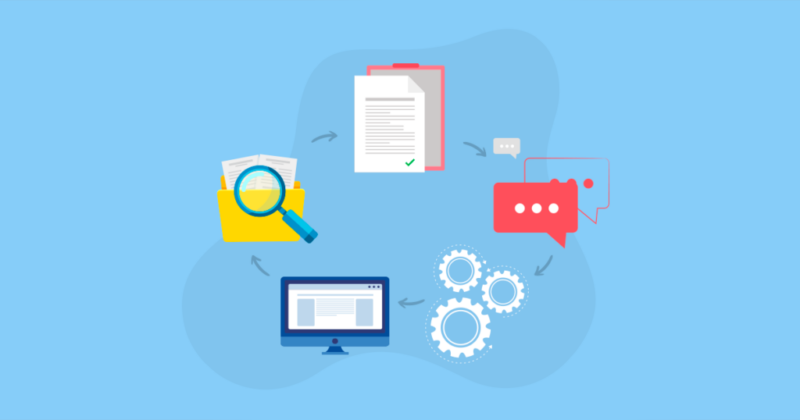
In conclusion, Salesforce Contract Lifecycle Management (CLM) offers businesses a game-changing solution for efficient and effective contract management. By leveraging the power of automation, collaboration, and analytics, Salesforce CLM streamlines the entire contract lifecycle, from creation to storage and beyond.
Throughout this article, we have explored the benefits of Salesforce CLM, including streamlined contract creation and negotiation, enhanced visibility and accessibility, improved compliance and risk management, and significant time and cost savings through automation. We have also discussed key features of Salesforce CLM, such as contract drafting, collaboration, approval workflows, and advanced analytics.